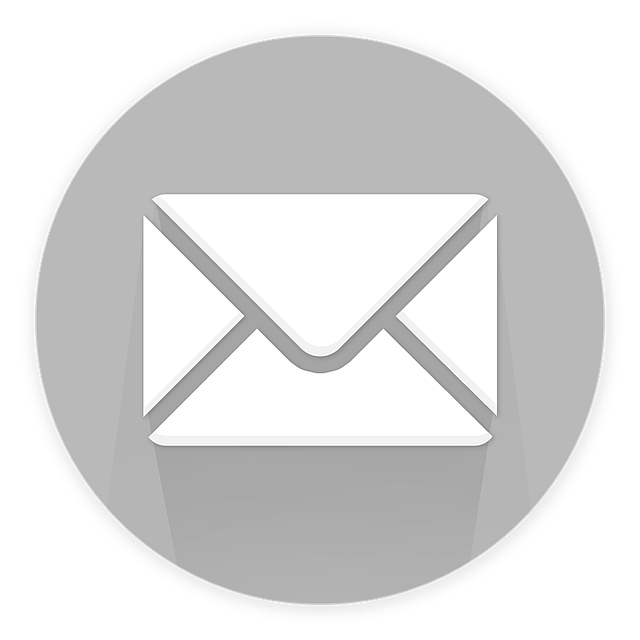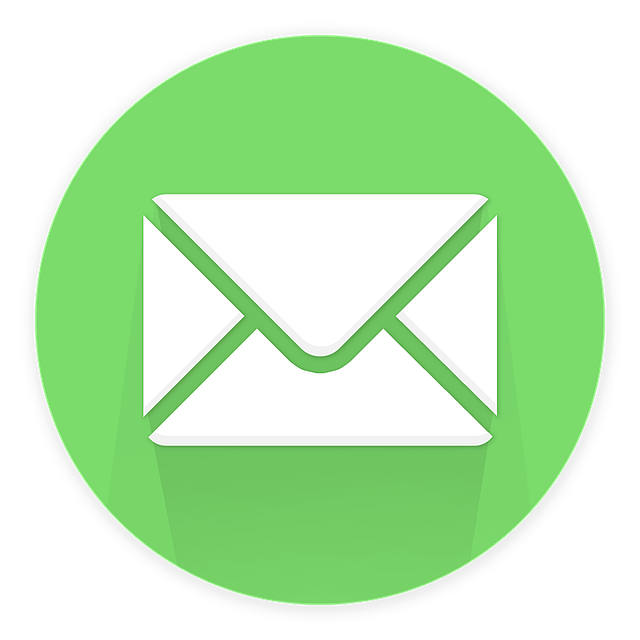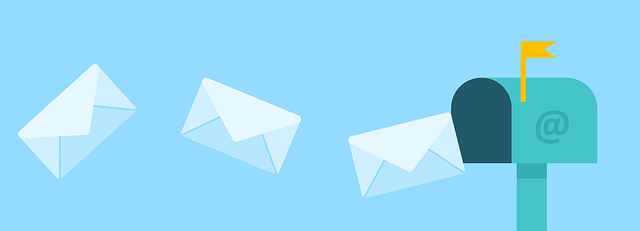Are you tired of throwing darts in the dark when it comes to your email marketing campaigns? It’s time to shed some light on the metrics that truly matter. In the world of email marketing, personalization and segmentation are key to success. And to achieve that, you need to rely on data-driven insights.
In this article, we will unveil the top 8 email marketing metrics that will enhance your personalization and segmentation strategies. These metrics act as guiding stars, illuminating the path to higher open rates, click-through rates, and conversions.
First, we’ll explore the Open Rate, revealing the percentage of recipients who actually open your emails.
Then, we’ll dive into the Click-through Rate, which measures the effectiveness of your call-to-action.
Next, we’ll analyze the Conversion Rate, providing valuable insights into how well your emails are driving desired actions.
But that’s not all. We’ll also uncover the secrets behind Bounce Rate, List Growth Rate, and Subscriber Engagement Rate.
With these metrics at your fingertips, you’ll have the power to fine-tune your email campaigns, deliver hyper-personalized content, and ultimately, achieve outstanding results.
So, let’s embark on this data-driven journey and revolutionize your email marketing efforts.
Key Takeaways
- Open Rate, Click-through Rate, Conversion Rate, and Bounce Rate are crucial email marketing metrics for success in personalization and segmentation strategies.
- List Growth Rate can be increased through opt-in incentives, social media promotion, and guest blogging.
- Subscriber Engagement Rate (SER) measures the level of interaction and interest of subscribers and can be improved through personalization and segmentation strategies.
- High SER indicates resonating emails, while low SER may suggest the need for more engaging content.
Open Rate
The open rate tells you how many people actually open your emails, giving you a glimpse into the visual impact of your email marketing efforts. It is an important metric to measure the effectiveness of your email deliverability and subject line optimization.
A high open rate indicates that your emails are successfully reaching your subscribers’ inboxes and capturing their attention. On the other hand, a low open rate may suggest that your emails are ending up in spam folders or that your subject lines are not engaging enough.
By tracking open rates, you can identify trends and patterns that can help you refine your email marketing strategy and improve personalization and segmentation. Understanding the open rate is just the first step towards maximizing engagement with your audience and ultimately increasing your click-through rate.
Click-through Rate
Improve your email campaign’s effectiveness by boosting the click-through rate – it’ll leave you feeling thrilled with the results! The click-through rate (CTR) measures the percentage of recipients who clicked on a link within your email. A higher CTR indicates that your subscribers are engaged and interested in your content. To improve your CTR, focus on optimizing subject lines to grab your audience’s attention. Personalized subject lines can increase open rates and subsequently drive more clicks. Additionally, consider using compelling and clear call-to-action buttons that are easily visible and clickable on both desktop and mobile devices. By improving engagement through a higher CTR, you increase the likelihood of converting your subscribers into customers. Transitioning into the next section, let’s explore how to enhance your conversion rate.
Conversion Rate
Boosting your conversion rate is like turning window shoppers into loyal customers, where every click is an opportunity to seal the deal and make a sale. The conversion rate is a crucial metric that measures the effectiveness of your email marketing campaigns. It represents the percentage of recipients who take the desired action, such as making a purchase or filling out a form, after clicking through your email.
A high conversion rate indicates that your emails are resonating with your audience and driving them to take action. To improve your conversion rate, focus on creating compelling and personalized email content, optimizing your call-to-action buttons, and leveraging segmentation to send targeted messages to specific customer segments.
By continually monitoring and analyzing your conversion rate, you can make data-driven decisions to enhance your email performance and drive more conversions.
Transitioning into the subsequent section about ‘bounce rate’, let’s now explore another important email marketing metric.
Bounce Rate
Transitioning to the topic of bounce rate, let’s now delve into the impact of unopened emails and unsuccessful deliveries on your email campaign’s effectiveness.
Bounce rate measures the percentage of emails that were not successfully delivered to recipients’ inboxes. High bounce rates can negatively affect your email marketing efforts, as they indicate issues with deliverability.
Unopened emails and unsuccessful deliveries can result in missed opportunities for engagement and conversions. To improve deliverability and reduce unsubscribes, it’s important to regularly clean your email list and remove inactive or invalid email addresses.
Additionally, optimizing your subject lines and email content can help increase open rates and decrease the likelihood of emails bouncing. By addressing bounce rate, you can enhance the performance of your email marketing campaign and transition seamlessly to the subsequent section about ‘list growth rate.
List Growth Rate
To increase the growth rate of your email list, you need to consistently attract new subscribers and retain existing ones by providing valuable content and incentives. Here are three effective strategies for subscriber acquisition and increasing email opt-ins:
-
Opt-in incentives: Offer exclusive content, discounts, or freebies to entice visitors to subscribe to your email list.
-
Social media promotion: Leverage your social media channels to promote your email list and encourage followers to sign up.
-
Guest blogging: Write guest posts for popular blogs in your industry and include a call-to-action to join your email list.
Implementing these strategies will help you expand your subscriber base and improve your list growth rate.
Now let’s move on to the next section about the subscriber engagement rate, where we will explore how to keep your subscribers actively engaged with your emails.
Subscriber Engagement Rate
Discover how you can captivate and hold the attention of your subscribers with irresistible content and interactive elements.
One key metric to measure subscriber engagement is the Subscriber Engagement Rate (SER). This metric gauges the level of interaction and interest your subscribers have in your email campaigns.
By tracking SER, you can assess the effectiveness of your content and identify areas for improvement. A high SER indicates that your emails are resonating with your audience, while a low SER may indicate that your content needs to be more engaging or relevant.
To improve SER, focus on personalization and segmentation strategies that deliver tailored content to your subscribers. Additionally, analyze email campaign performance to identify any trends or patterns that can help optimize your subscriber engagement rate and ultimately boost subscriber retention.
Frequently Asked Questions
How can email marketing metrics like open rate, click-through rate, and conversion rate be used to enhance personalization and segmentation?
To optimize your email marketing strategy, track engagement using metrics like open rate, click-through rate, and conversion rate.
These metrics provide valuable insights into your audience’s behavior and preferences.
Analyzing open rates can help you gauge the effectiveness of your subject lines, while click-through rates indicate the relevance of your content.
Conversion rates reveal the success of your call-to-actions.
By leveraging these metrics, you can tailor your emails to individual preferences, enhancing personalization and segmentation, and ultimately boosting your campaign’s success.
What are some effective strategies to improve bounce rate and ensure that emails are reaching the intended audience?
To improve deliverability and reduce spam complaints, focus on three key strategies.
First, regularly clean your email list by removing inactive or invalid addresses. This ensures that your emails are reaching the intended audience.
Second, use a reputable email service provider (ESP) with strong email authentication protocols to increase deliverability.
Finally, craft compelling subject lines and valuable content to decrease the likelihood of your emails being marked as spam.
By implementing these strategies, you can enhance your email marketing effectiveness.
How can list growth rate be increased organically, without resorting to purchasing email lists?
To boost list growth rate organically, ditch the idea of buying email lists and focus on increasing engagement and building trust.
Encourage your existing subscribers to refer friends and family by offering incentives or exclusive content. Leverage social media platforms to expand your reach and gain new subscribers.
Create compelling and valuable content that resonates with your target audience, and optimize your website and landing pages for lead capture.
Remember, slow and steady wins the race!
What are some key indicators of subscriber engagement rate, and how can they be measured accurately?
To accurately measure subscriber engagement rate, there are several key indicators you should consider.
Look at metrics such as open rates, click-through rates, and conversion rates. These metrics can give you insights into how engaged your subscribers are with your content.
Additionally, tracking metrics like time spent on page and social shares can help gauge the level of interest and interaction.
Remember, personalized content plays a crucial role in driving subscriber engagement, so focus on delivering relevant and tailored messages to increase overall engagement.
Are there any additional email marketing metrics that can provide valuable insights into personalization and segmentation efforts?
To measure the effectiveness of your personalization and segmentation efforts, consider incorporating additional metrics alongside the subscriber engagement rate. These metrics provide valuable insights into your email marketing campaigns.
For example, the click-through rate measures the percentage of recipients who click on a link in your email, indicating their interest and engagement.
Another metric to consider is the conversion rate, which tracks the number of subscribers who complete a desired action, such as making a purchase.
By analyzing these metrics, you can optimize your personalization and segmentation strategies for better results.
Conclusion
In conclusion, by diligently tracking and analyzing email marketing metrics, you can unlock the power of personalization and segmentation. These metrics provide valuable insights into your audience’s behavior and preferences, enabling you to tailor your email campaigns effectively.
As the saying goes, "knowledge is power," and armed with this data-driven knowledge, you can create more engaging and targeted email experiences that resonate with your subscribers. This will lead to higher conversion rates and overall success in your email marketing endeavors.








